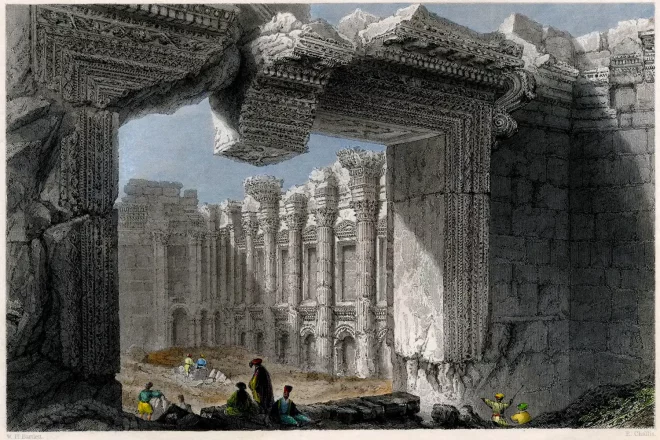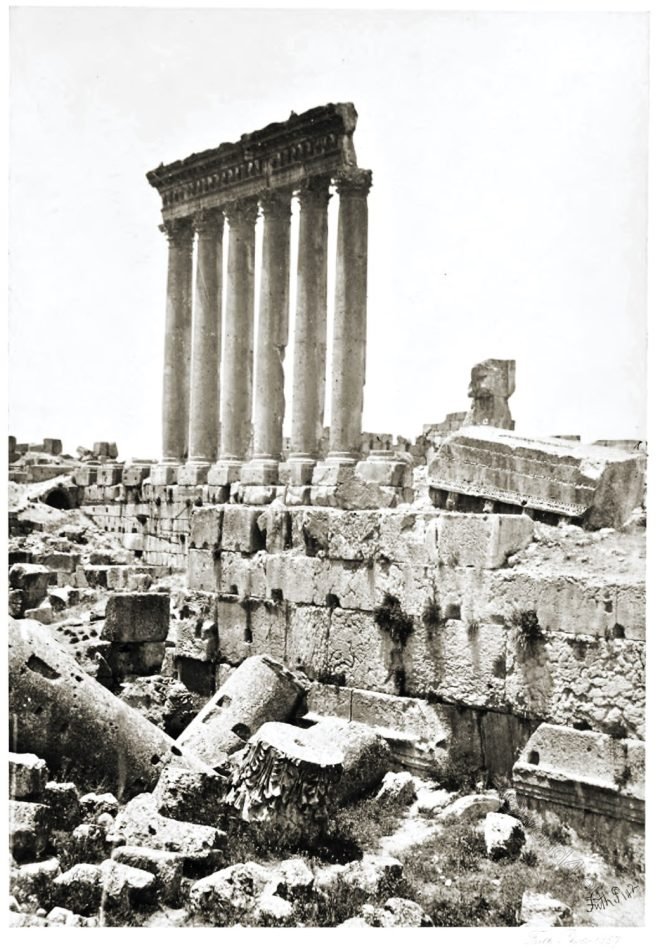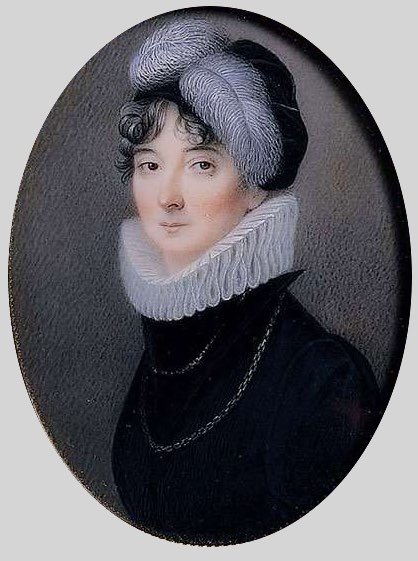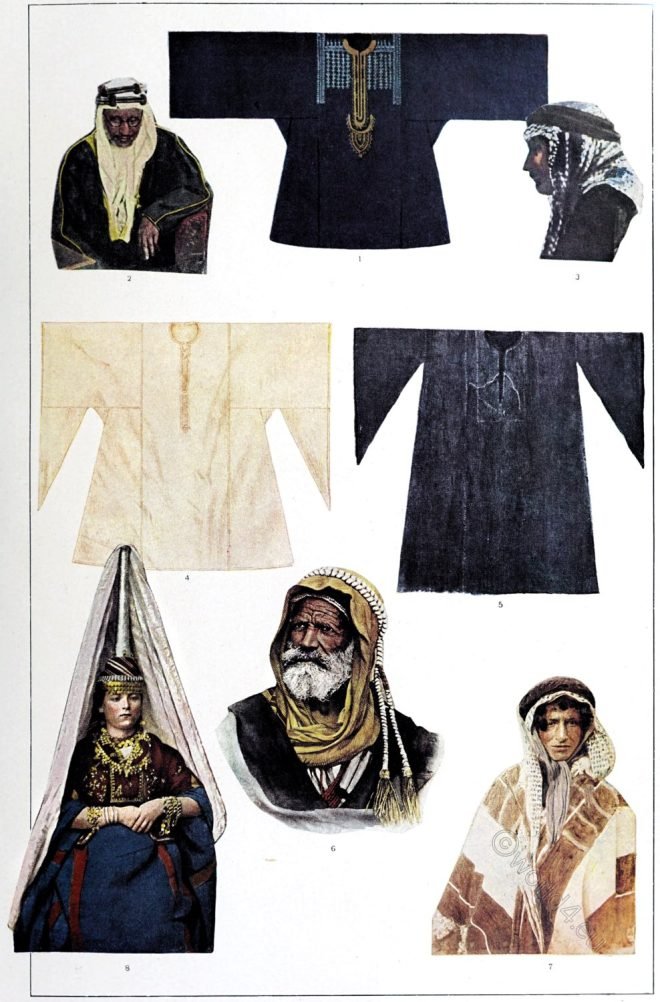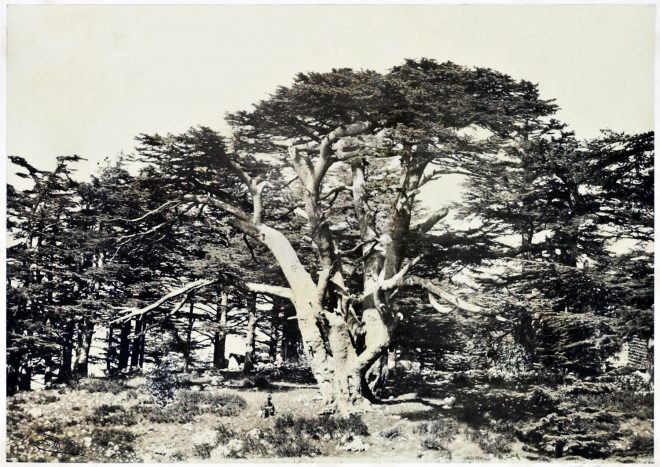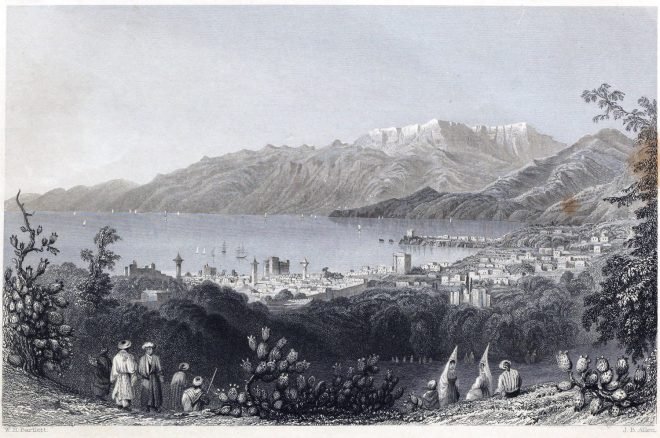The ruins of Baalbek. Drawn from nature by W. H. Bartlett
Category: Lebanon
Early monastic life and the controversy over icons.
Two groups of poets, living in the seclusion of two monasteries were particularly involved in the dispute when at its height.
The Temples of Baalbek in Lebanon.
The Temples of Baalbek in Lebanon. Egypt and Palestine by Francis Frith
Djouni, once the Residence of Lady Hester Stanhope.
Lady Hester Stanhope was an English aristocrat, antiquarian, and one of the most famous travellers of her age.
Traditional clothing from Arabia, Palestine and Syria.
Costume cuts and robe shapes from Arabia, Palestine and Syria.
Descent upon the Valley of Jordan 1839.
The View is taken from the highway leading from Jerusalem through Jericho, and forming a part of the road, by which Jerusalem was connected with the countries on the Euphrates
Baalbek from the Fountain May 7th 1839.
The grandeur of the ruins of Baalbek can best be appreciated by the large drawings in this Work of the eastern portico of the temple
Distant view of the Cedars of Lebanon. Landscape Illustrations of the Bible.
The Cedars of Lebanon are now comparatively few, and with them are gone the eagles and wild beasts, to which they afforded shelter
The largest of the cedars of Lebanon. Mount Lebanon.
View of the entire grove of “The Cedars.” The tree now represented is, upon the whole, the noblest of the ten or twelve “venerables” now standing.
General view of Beirut with a wide view over the sea and Mount Lebanon.
General view of Beirut with a wide view over the sea, in the background the massifs of the Lebanon Mountains.

